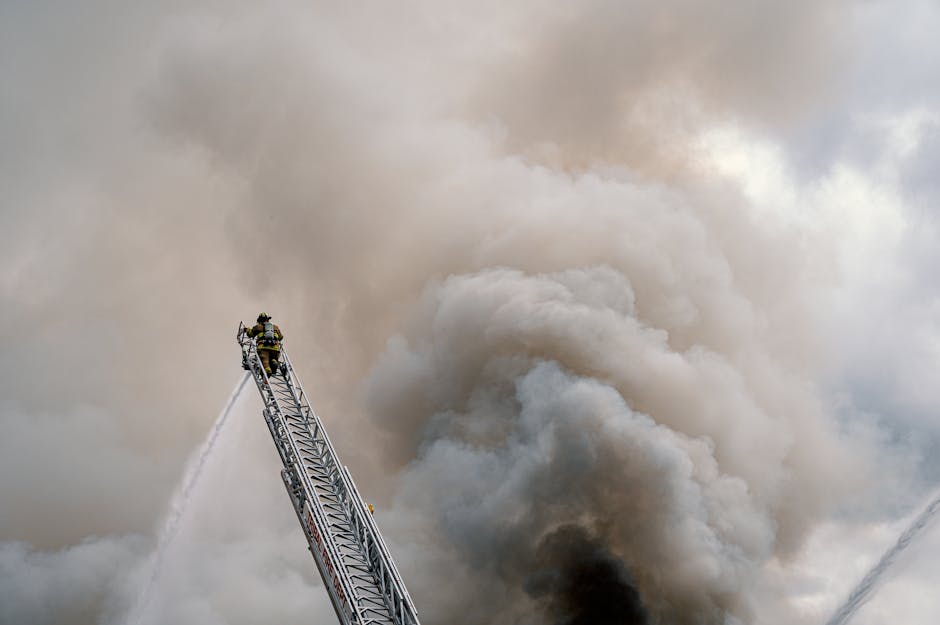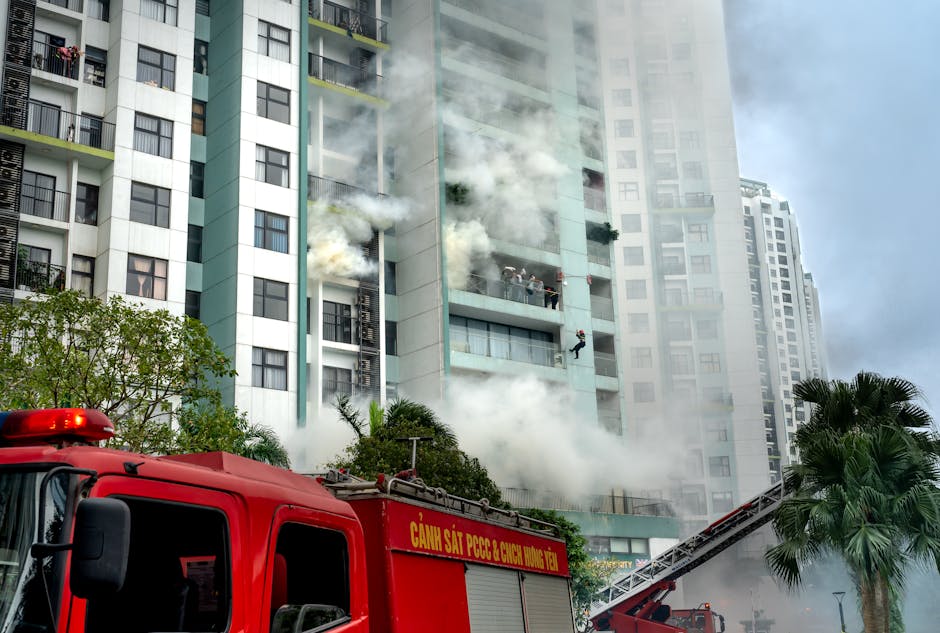Fire Safety in the Workplace: Essential Strategies for a Secure Environment
“This comprehensive guide explores essential fire safety strategies for the modern workplace. From prevention techniques to emergency response protocols, we cover everything HR and facility managers need to know to create a secure work environment and protect their most valuable asset - their employees. ”

Fire Safety in the Workplace: Essential Strategies for a Secure Environment
In today's dynamic work environment, ensuring the safety of employees and protecting valuable assets from potential fire hazards is paramount. As HR professionals and facility managers, it's crucial to implement comprehensive fire safety measures that not only meet regulatory requirements but also foster a culture of safety awareness among staff. This article delves into essential strategies for fire prevention, preparedness, and response in the workplace.

Understanding Fire Risks in the Modern Workplace
The modern office space, with its array of electronic equipment, heating systems, and potential flammable materials, presents unique fire risks. Identifying these hazards is the first step in developing an effective fire safety plan.
Common Fire Hazards:
- Overloaded electrical outlets
- Faulty wiring or equipment
- Improper storage of flammable materials
- Unattended cooking appliances in break rooms
- Smoking in unauthorized areas
By conducting regular risk assessments, you can pinpoint potential fire sources and take proactive measures to mitigate them.
Implementing Fire Prevention Measures
Prevention is always better than cure, especially when it comes to fire safety. Here are some key preventive strategies to consider:
-
Regular Maintenance: Ensure all electrical systems and equipment are regularly inspected and maintained by qualified professionals.
-
Clear Policies: Establish and enforce clear policies on the use of electrical equipment, smoking, and the handling of flammable materials.
-
Employee Training: Conduct regular fire safety training sessions to educate employees on prevention techniques and safe practices.
-
Proper Storage: Implement proper storage protocols for flammable materials and ensure they are kept away from potential ignition sources.
-
Fire-Resistant Materials: When possible, use fire-resistant materials in office construction and furnishings to slow the spread of fire.

Preparing for Fire Emergencies
While prevention is crucial, being prepared for a fire emergency is equally important. Here are essential preparedness measures:
Fire Detection and Alarm Systems
Install and maintain smoke detectors and fire alarm systems throughout the workplace. Ensure they are tested regularly and comply with local regulations.
Fire Suppression Equipment
Equip your workplace with appropriate fire extinguishers and train employees on their proper use. Consider installing sprinkler systems for added protection.
Emergency Evacuation Plans
Develop clear, comprehensive evacuation plans and ensure all employees are familiar with them. Conduct regular fire drills to practice these procedures.
Designated Fire Wardens
Appoint and train fire wardens who can take charge during emergencies, guiding colleagues to safety and liaising with emergency services.
Responding to a Fire Emergency
In the event of a fire, a quick and organized response can save lives and minimize damage. Here's what your emergency response should include:
-
Immediate Alarm: Ensure all employees know how to activate the fire alarm system.
-
Safe Evacuation: Follow established evacuation routes to designated assembly points.
-
Roll Call: Conduct a roll call at assembly points to account for all employees.
-
Fire Department Liaison: Designate someone to meet and brief the fire department upon their arrival.
-
First Aid: Have trained first aiders ready to assist if needed.

Leveraging Technology for Enhanced Fire Safety
Modern technology offers innovative solutions to enhance workplace fire safety. Consider implementing:
- Smart smoke detectors that can send alerts to mobile devices
- Digital evacuation management systems for real-time tracking during emergencies
- Visitor sign-in apps that can help account for guests during evacuations
These technological advancements can significantly improve your fire safety measures and response times.
Continuous Improvement and Compliance
Fire safety is not a one-time effort but an ongoing process. Regularly review and update your fire safety strategies to ensure they remain effective and compliant with current regulations. This includes:
- Conducting annual fire risk assessments
- Updating emergency plans based on drill outcomes and feedback
- Staying informed about changes in fire safety regulations and best practices
By maintaining a proactive approach to fire safety, you not only protect your employees and assets but also demonstrate your commitment to creating a safe and secure work environment.
Conclusion
Implementing comprehensive fire safety measures is a critical responsibility for workplace managers. By focusing on prevention, preparedness, and effective response strategies, you can significantly reduce the risk of fire incidents and ensure the safety of your workforce. Remember, a culture of safety awareness and continuous improvement is key to maintaining a fire-safe workplace.
As you work to enhance your workplace safety measures, consider how these strategies align with your overall workplace efficiency goals. A safe workplace is often a more productive one, contributing to both employee wellbeing and organizational success.